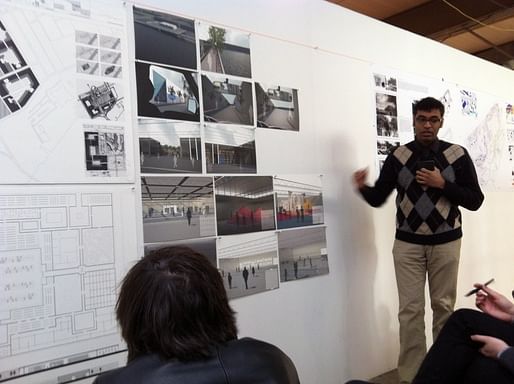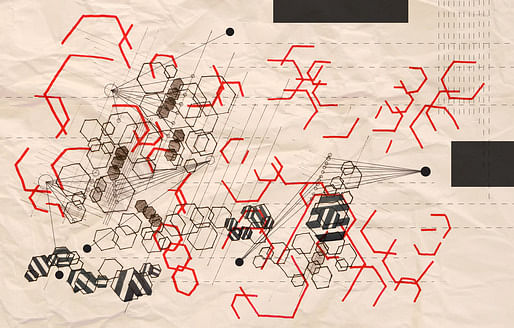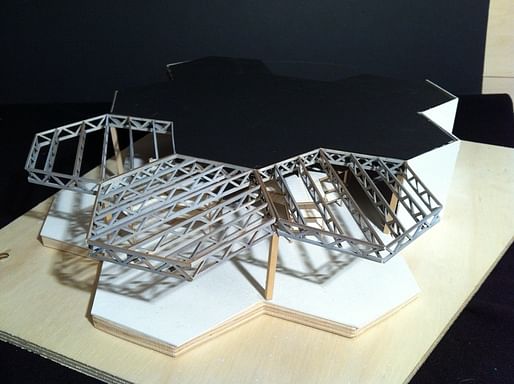
"Hey hsolie!
We noticed you haven't updated your blog "The Michigan Difference" in a while.
Do you have something new to say?
Click here post a new entry.
http://archinect.com/add_blogpost/23116650
Are you totally done with this blog?
Click here to archive your blog (select the "Archive this blog" checkbox) http://archinect.com/edit_blog/23116650
If you want to keep it open, but aren't ready to post something now, don't worry, we'll send another reminder next month. "
Archinect sent me this email a few days ago. I guess its time to come out from under my final review/holiday coma and start blogging again. To that end here is a look back at our final review for my BIG BOX studio this past semester, as well as a look at some of the other work being done around the school.
STUDIO BIG BOX. the finale

Our final review was very.....successful?
I think developing a studio project around the big box typology is a very hard task to attack. The ideas, concepts, ambitions and even egos that historically drive an educational studio project seem to be in direct conflict with those that drive developers to build big boxes. Thus, developing a project within this studio dynamic that is by definition neither "studio" or "dynamic" proved to be a difficult task.

Although, a task worth taking on, and we aren't the only ones trying. Alexander d'hoogue (who was our guest this semester for our master studio class charrette) is tackling these same issues at MIT. However, I believe the MIT projects look to be too fanciful and over-indulgent, in essence, too much studio ego and not enough big box reality.

If you think of a venn diagram where one circle is studio ambition and the other circle is big box reality, the small millimeter of overlap is where the successful project lies. This overlap was the target for our studio, and to that end I believe we were successful in at least trying to walk that thin line.

In an attempt to walk that thin line, my project (big hexy) looked at what would happen if one simple construction element were to change within the big box. The subject for this investigation was the rectangular structural bay commonly used in big box construction.
By altering this one component, what possibilities could emerge? Could this one alteration lead to a new understanding of the big box? Or could it simply lead to a chance to infuse the rigid and systematic big box with a little..strange.
In short, small box leads to big box, small hexagon leads to........?

Thematic Drawing (conceptual driver of the project)

Cut-away section of final big box strip with hexagon structural bays

Final model
Now its time for some images from around the studios...

Geoffrey Salvatore showcasing his studio work, Architectural Chair John McMorrough in attendance

lots of people doing lots of cool stuff

more cool stuff (Zeeshan Vira)

I have no idea what was going on in this project, but it looked awesome
(Anna Schaefferkoetter)
Some photos (the good ones) should be credited to Amanda Levesque and Brittany Gacsy
I am a graduate student and an entrepreneur at the University of Michigan Taubman College where my studies are focused on leveraging design ideas across multiple scales and platforms. Meeting at the intersection between design, tectonics and fabrication, I am continually exploring how a design idea can navigate complex material and production systems and evolve into fully realized architectural artifacts.
Are you sure you want to block this user and hide all related comments throughout the site?
No Comments
Archinect
This is your first comment on Archinect. Your comment will be visible once approved.